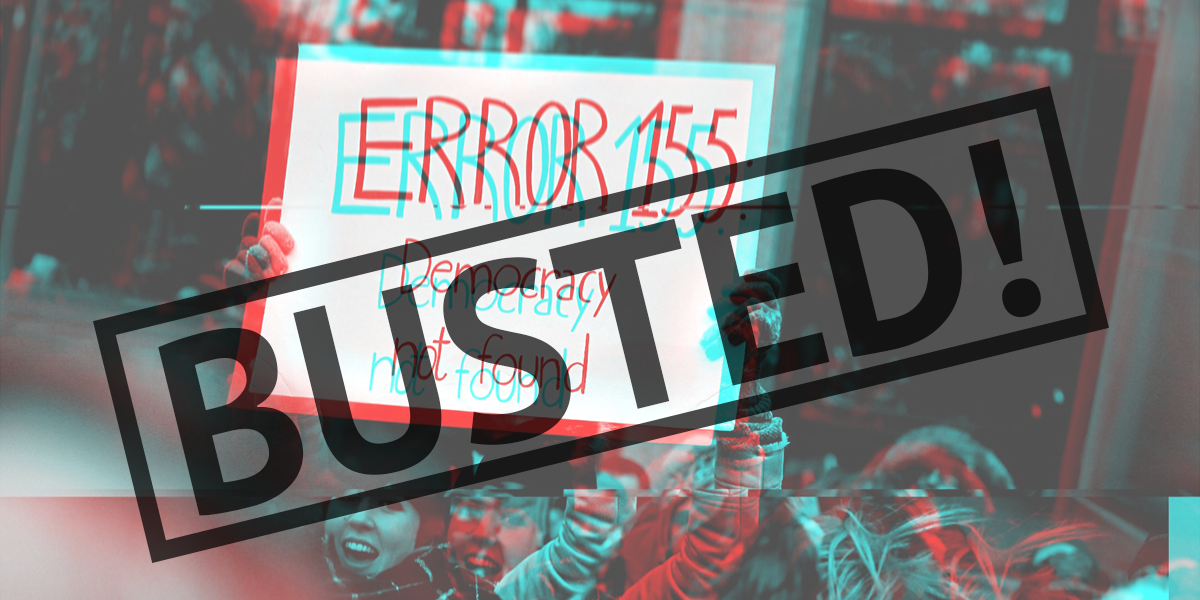Making sense of our connected world

Busted: The internet democratises innovation
Online, it is a common belief that the internet due to its easily accessible information has an enabling effect on innovation – making anybody a potential innovator. Alina Wernick takes a close look at this myth to determine whether there is truth to it.
In time for this year’s Internet Governance Forum (IGF), Matthias C. Kettemann (HIIG) and Stephan Dreyer (Leibniz Insitut für Medienforschung | Hans-Bredow-Institut (HBI)) will be publishing a volume called “Busted! The Truth About the 50 Most Common Internet Myths“. As an exclusive sneak peek, we are publishing an assortment of these myths here on our blog – some of those have been busted by HIIGs own researchers and associates. The entire volume will be accessible soon at internetmyths.eu.
Myth
Anyone, anywhere can become an innovator because the Internet provides us with an unprecedented amount of knowledge and tools to create innovations. The locus of innovation will shift from companies to people. Thanks to the Internet access to innovations becomes more equal on a global scale.
Busted
The knowledge, information and data relevant for fueling innovative activity is not always available online due to a lack of incentives to share them, legal constraints or both. These resources may be behind a paywall, protected as personal data or as intellectual property. Not all innovators are willing to share their innovations online, as this may undermine their business model. Innovations that are risky and require high investments in research and development are unlikely to be executed online instead of corporate environment. IP rights such as patents encourage such innovative activity by protecting innovators from free-riding. However, they constrain the use and reuse of such innovations online.
There are, nevertheless, both individuals and communities of innovators who actively share and create innovations online. A famous example is open source software development, where IP rights are harnessed to enable collaborative software development. Indeed, the Internet enables democratic access to and co-creation of innovations that can be designed and developed in modules, when collaborators are non-competitors, collaborative development enhances the quality of the innovation and where the innovation itself can be implemented in a digital form (Baldwin and von Hippel, 2011). However, the availability of Internet connection is not enough to foster online innovation activity. The level of trust present in society influences the intensity of engagement in open source software development, explaining the differences in online creation between cities with otherwise similar technological conditions and levels of prosperity (Stephany et al. 2019).
Finally, the Internet is also a limited medium for disseminating innovations that take a tangible form. The design of an innovative object may be shared over the Internet, but the object itself must be manufactured. While 3D printing technology does enable on-demand manufacturing of designs uploaded from the Internet (something the ‘maker community’ makes use of), the variety of designs available and the complexity of products that can be 3D printed are limited. As a consequence, mass production that harnesses the economies of scale remains in many situations the most effective means to democratize access to tangible, innovative products.
Truth
The Internet facilitates co-creation of modular, digitally implementable innovations, such as open source software. However, incentive structures, as well as legal and societal factors constrain the participation of ‘everyone’ in innovation communities and the sharing of innovations online. The majority of tangible, risky or costly innovations will continue to being produced from within companies.
Sources
Carliss Baldwin and Eric Von Hippel, Modeling a paradigm shift: From producer innovation to user and open collaborative innovation, Organization Science 22 (2011), 1399-1417.
Fabian Stephany, Fabian Braesemann and Mark Graham, Coding Together – Coding Alone: The Role of Trust in Collaborative Programming, SocArxiv (2019) https://osf.io/preprints/socarxiv/8rf2h/download.
This post represents the view of the author and does not necessarily represent the view of the institute itself. For more information about the topics of these articles and associated research projects, please contact info@hiig.de.

You will receive our latest blog articles once a month in a newsletter.
Research issues in focus
Polished yet impersonal: The unintended consequences of writing your emails with AI
AI-written emails can save workers time and improve clarity – but are we losing connection, nuance, and communication skills in the process?
AI at the microphone: The voice of the future?
From synthesising voices and generating entire episodes, AI is transforming digital audio. Explore the opportunities and challenges of AI at the microphone.
Do Community Notes have a party preference?
This article explores whether Community Notes effectively combat disinformation or mirror political biases, analysing distribution and rating patterns.




